What is Mother of Pearl? Everything You Need to Know

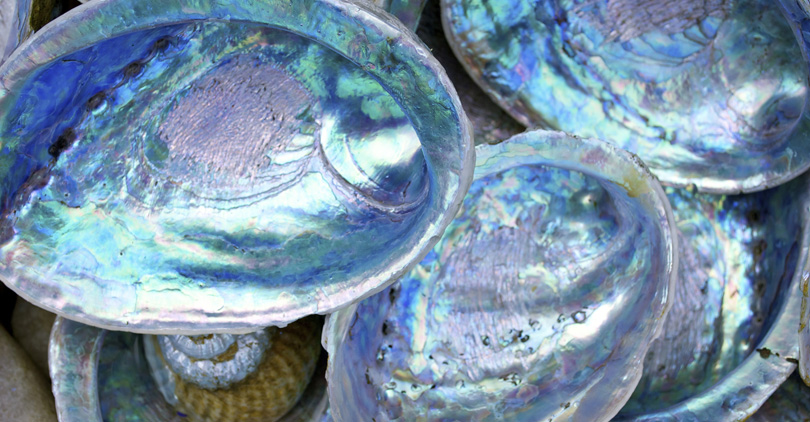
When it comes to jewelry, there are lots of materials that make you go "wow." But one gemstone that really stands out for me is Mother of Pearl. It's not just beautiful – it's also super strong and tough.
As someone who knows a lot about jewelry, I find its combination of lightness and resilience fascinating. Scientists do, too – they're still studying how this stuff manages to be both at once!
But the cleverness of Mother of Pearl isn't just down to what it's made from. Something else we love about it is how its colors change depending on how you look at them (this is called "iridescence").
In this article, we'll dig into everything related to Mother of Pearl – even if you've never thought about it before! Let's uncover some natural magic together.
What Is Mother of Pearl?
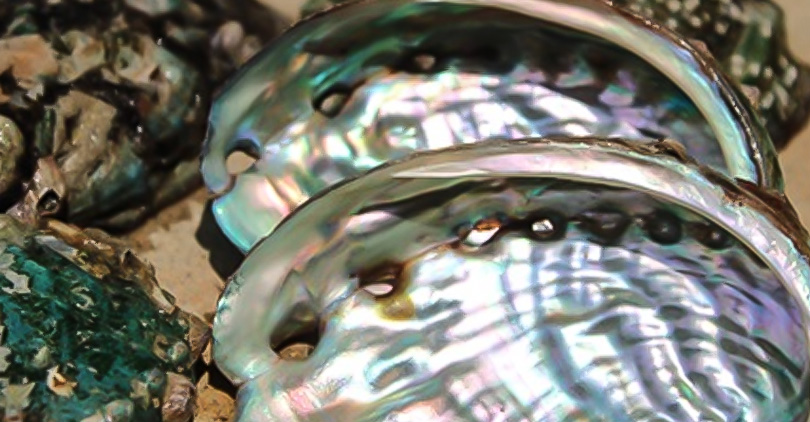
Mother of Pearl, scientifically referred to as nacre, is a mineral substance that develops on the inside layer of certain mollusks' shells.
It's smooth and shimmering due to its composition: numerous small plates stacked atop one another and interlaced with conchiolin, a protein similar to silk.
The thickness of these plates and the gaps between them are responsible for the Mother of Pearl's captivating play of colors. Even though mother-of-pearl looks pretty, it serves a practical purpose for the animals that make it.
They include oysters (which live in salty water), freshwater mussels, and abalone. These creatures produce this substance on the insides of their shells to protect themselves against parasites and other things that might harm them by irritating or biting them.
Where Does Mother of Pearl Come From?
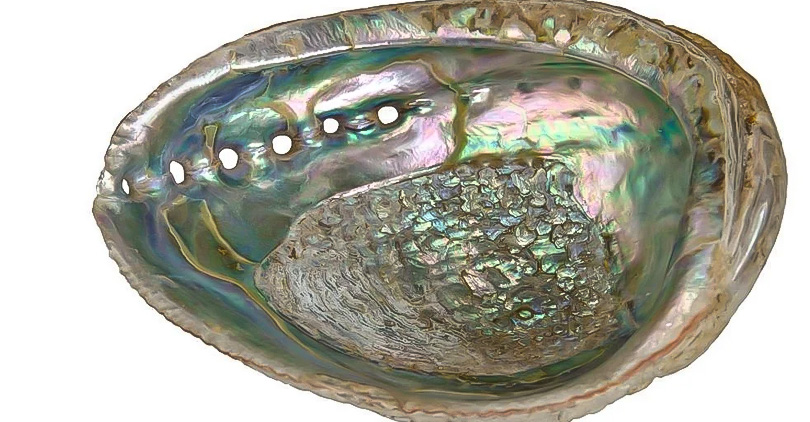
It's hard to believe, but the breathtakingly beautiful material known as Mother of Pearl actually comes from a rather surprising place — the inner layer of certain mollusk shells.
This natural substance is found in creatures like saltwater oysters, abalone, and freshwater mussels, and it forms secretly inside them. The mollusks' soft tissues need protection while they go about their daily underwater business – so they secrete nacre.
Layer upon lovely layer of this stuff then builds up on the inside of their shells (it's thought that nacre helps shield them against parasites and other irritants).
And it is exactly these layers that we enjoy using to make gorgeous jewelry or striking artworks: nature has given us something extraordinary from deep under the waves!
What Makes Mother of Pearl Iridescent?
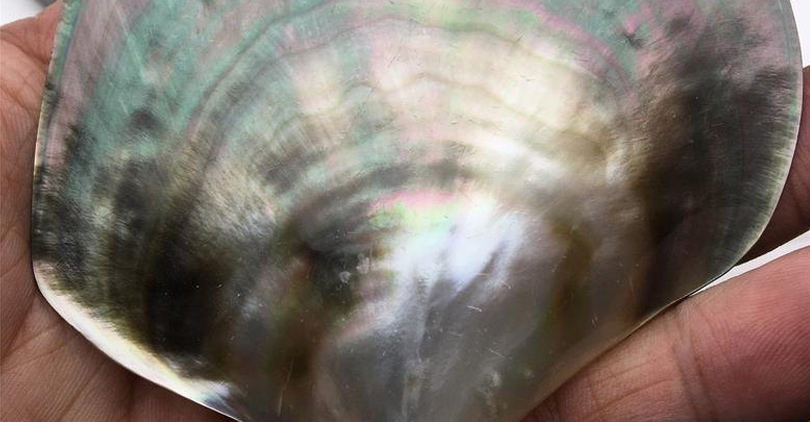
Mother of Pearl has a special makeup and structure that makes it shimmer with different colors as the light changes. This is because of the way light interacts with layers of calcium carbonate crystals called aragonite in the material.
These crystals are arranged in a special pattern separated by another substance called conchiolin.
Light entering these layers bounces between them – this is called interference – and some colors disappear while others get brighter, causing the shimmering effect.
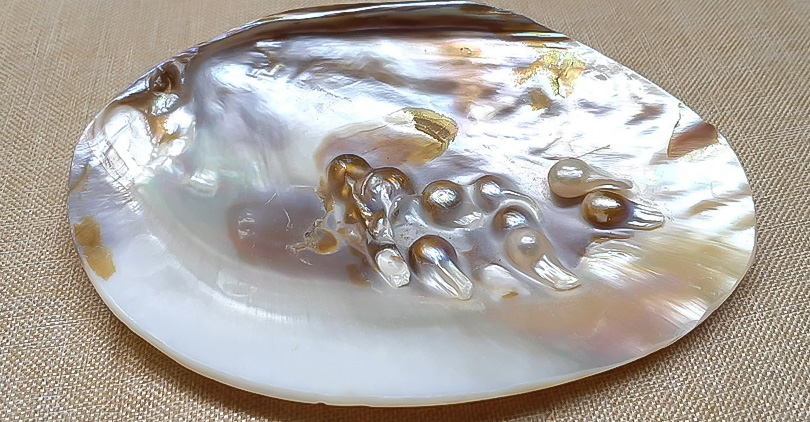
Specific shades depend on how thick or thin the crystal layers are: thinner ones look blue or green, and thicker ones are pink or purple.
On top of this, mother-of-pearl's surface contains tiny structures that scatter incoming light at various angles, which increases its iridescence even more. So, it shimmers even when you see it from different angles.
History of Mother of Pearl
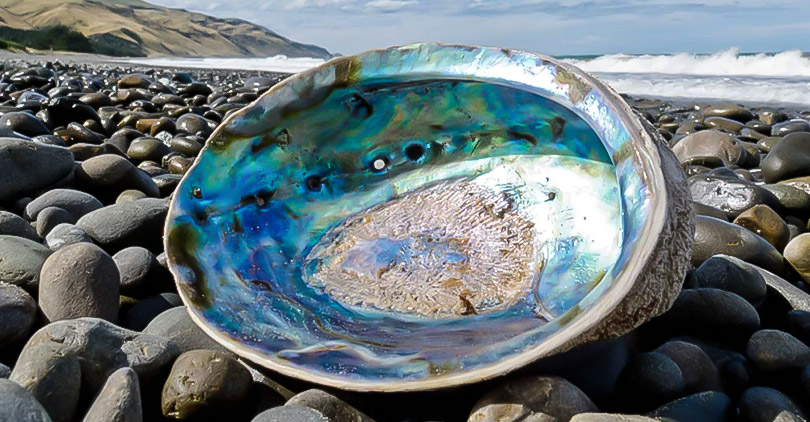
The story of Mother of Pearl spans many cultures over thousands of years. Though no one knows exactly when people first discovered it, we can imagine how amazed they must have been by the beautiful inside layer these shellfish make.
From the start, everyone agreed that the Mother of Pearl was something special and important enough for kings or gods to own. Its shining colors and soft glow made it different from anything else.
By 2500 B. C., people in some parts of Asia and the Middle East were already using mother-of-pearl designs on buildings, furniture, clothes, jewelry–and even things like musical instruments and tools, too!
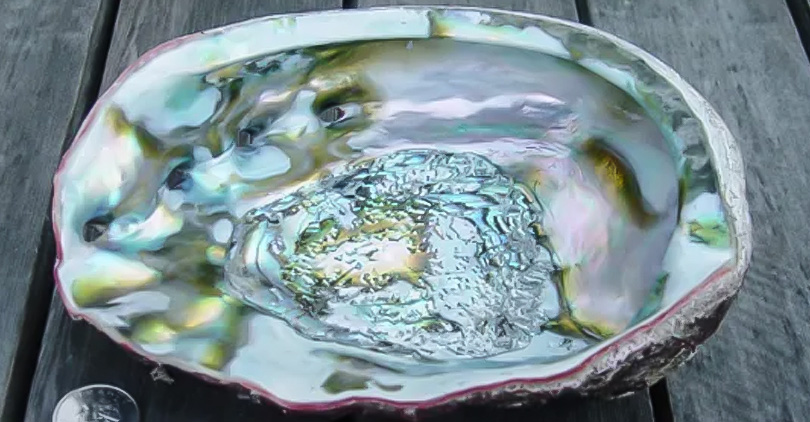
Throughout history, the Mother of Pearl has fascinated people from all walks of life and across the globe. Experts in human history have found proof that it was cherished in ancient societies, including those found in China, India, Egypt, and Central and South America.
European jewelers and merchants fell for their charms following Venetian explorer Marco Polo's visit to India in 1292 AD.
And still today, this captivating material continues to dazzle with a lustrous beauty that shows no signs of waning – indicating just how timeless its appeal is.
Meaning of Mother of Pearl
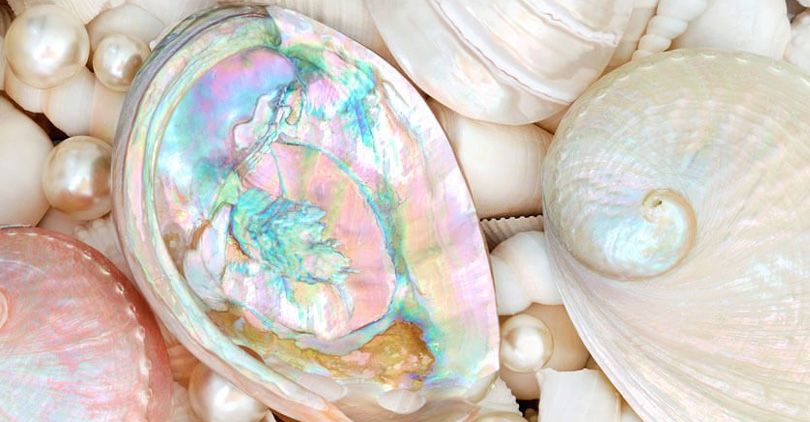
Known also as nacre, Mother of Pearl is rich in symbolism across cultures. Its associations include fertility and the care-giving nature of women. Even its name carries a suggestion of wonder at what nature can create.
Wearing or simply holding this gemstone – which shimmers with an entrancing play-of-colors – is reputed to calm and soothe. It's linked with purity, innocence, and a sense of empathy that brings healing energy from water into your life.
Among ancient societies, meanwhile, mother-of-pearl enjoyed status not only for its appearance but also because shells were used ritually by religious or ruling figures. These days, they're more often seen enhancing personal adornments.
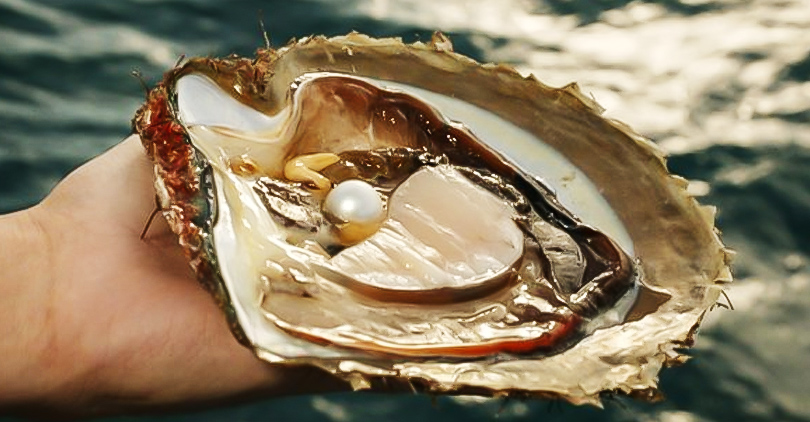
But beyond suchities, there's something else here too: resilience – things happening over time that couldn't possibly be rushed. Like how layers form inside mollusks' shells one after another until something beautiful emerges where nothing was before!
Different Uses of Mother of Pearl
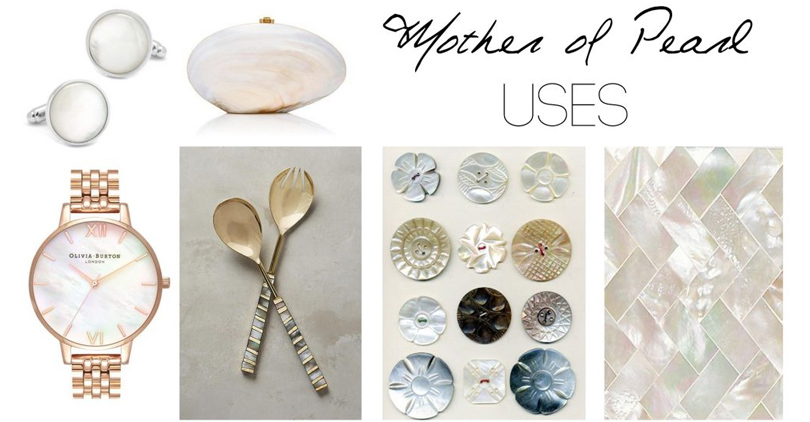
Mother of Pearl has been used for countless purposes throughout history and around the world. Its unique shine and beauty have always made it a special material, both to use and simply to look at.
Here are some things people have done with Mother of Pearl over time:
•Jewelry: When you set Mother of Pearl into earrings, rings, bracelets, or pendants, it becomes a gemstone. The way that it shines makes these pieces look very fancy.
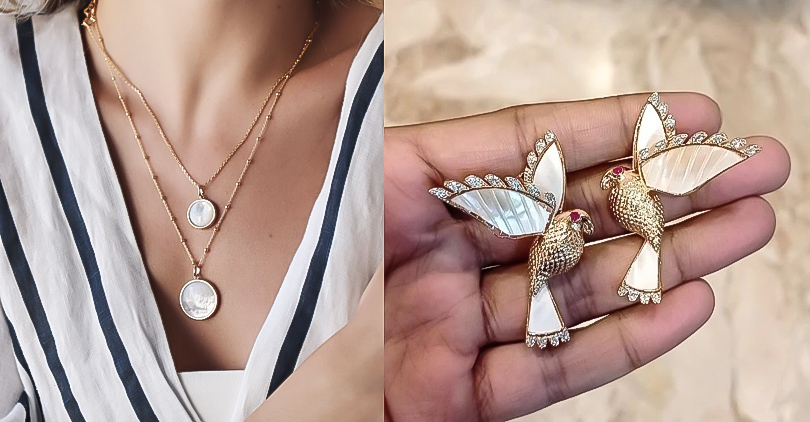
•Inlay Work: Carefully cutting thin pieces of nacre and decorating furniture or items—such as instruments like guitars or pianos—can make them much more beautiful.
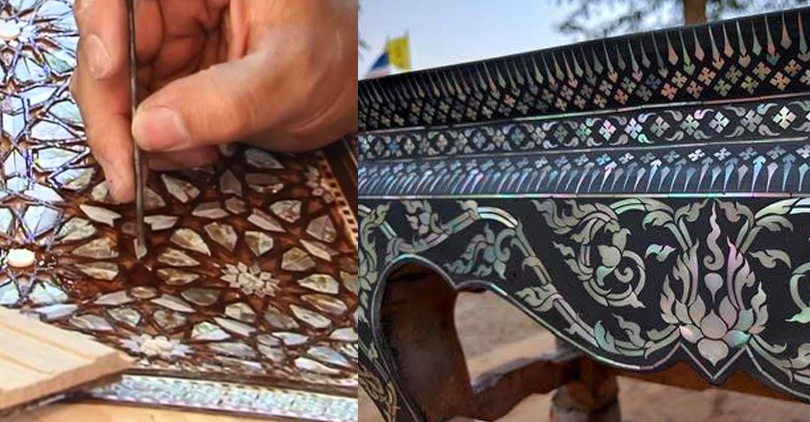
•Architectural Applications: People once decorated whole rooms using nacre! You might see this natural substance on ceilings, walls, or columns. For example, there is one famous location (called The Freer Gallery Of Art) inside Washington D.C, where an entire chamber known as" The Peacock Room" shimmers from top to bottom, thanks mostly to its lavish design features.
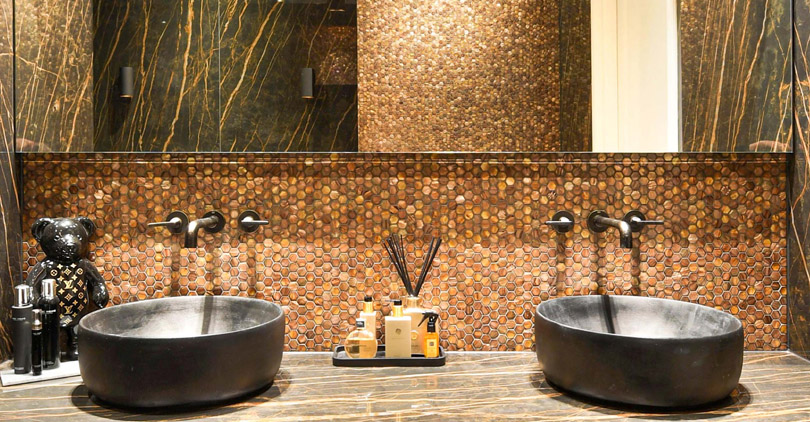
•Buttons: Mother of Pearl buttons are popular because they look good and last a long time. You'll find them in shirts and blouses.
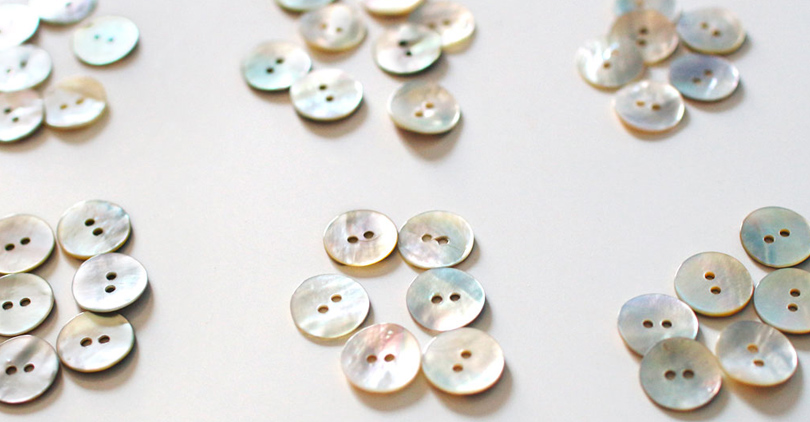
•Watches: Fancy watches often have watch faces made from Mother of Pearl because they reflect light in an interesting way.
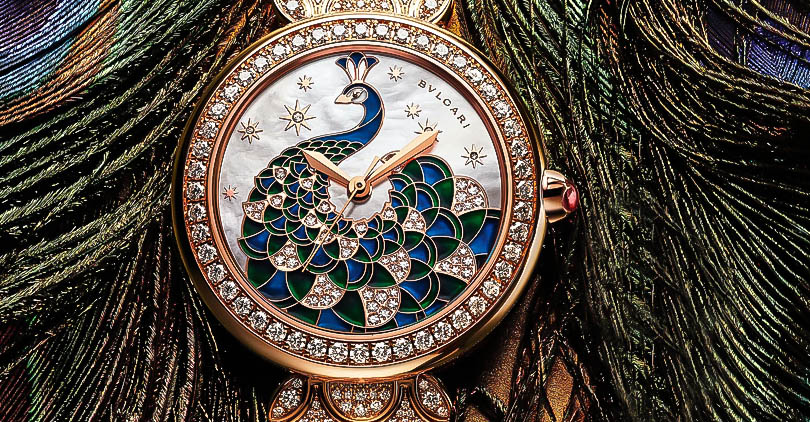
•Musical Instruments: Some people choose instruments with parts made from nacre (another word for Mother of Pearl) because they think these sound better than other ones.
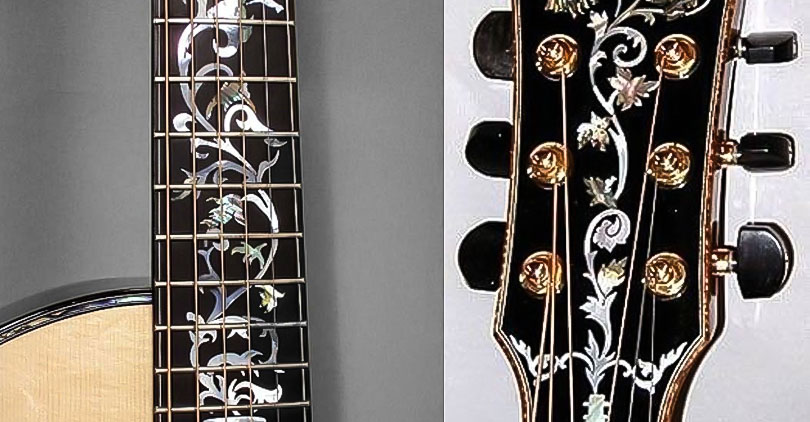
•Home Decor: People who own expensive houses sometimes put tiles that shine like a nacre on their walls or floors, especially if they like complicated patterns.

•Handicrafts: Artistic people might glue pieces of this stuff onto things they make by hand – for example, tiny statues or keyrings – so those objects become more attention-grabbing.
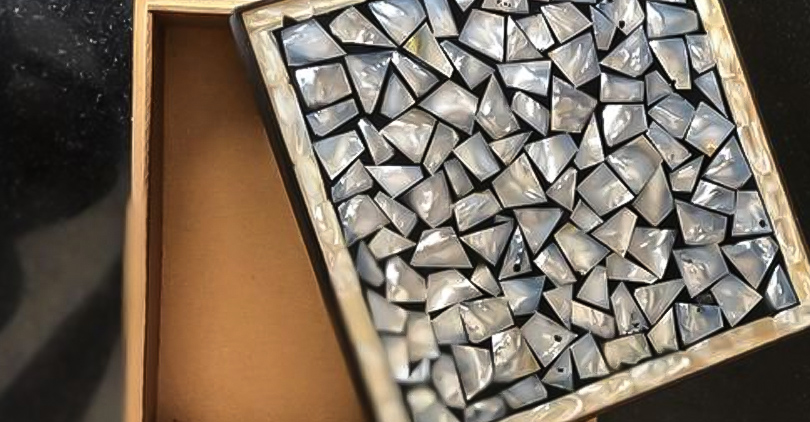
Mother of Pearl's widespread appeal transcends boundaries due to its versatility. It is used across various domains where its beauty adds function, making it popular with craftsmen and those who appreciate beauty - a timeless choice.
Conclusion
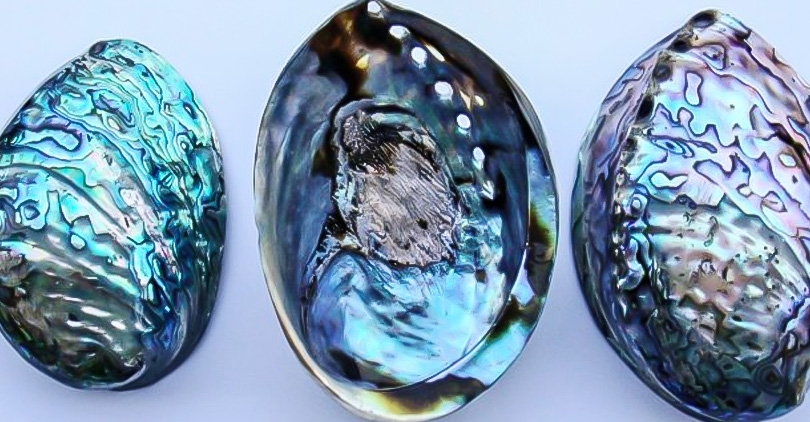
The Mother of Pearl is a natural marvel that has fascinated people for centuries with its breathtaking beauty and extraordinary characteristics.
From how it shines in different colors to how long-lasting it is, this precious stone is important in the world of jewelry and decoration. The fact that cultures all over the world have used the Mother of Pearl items for thousands of years shows just how special this material really is.
People keep on using it today because they love looking at it – whether someone is wearing an expensive necklace made from Mother of Pearl or putting a piece of furniture with especially pretty shell designs inside their house.
Nature can make some amazing things – yet few are as elegant and meaningful as the Mother of Pearl.
FAQs
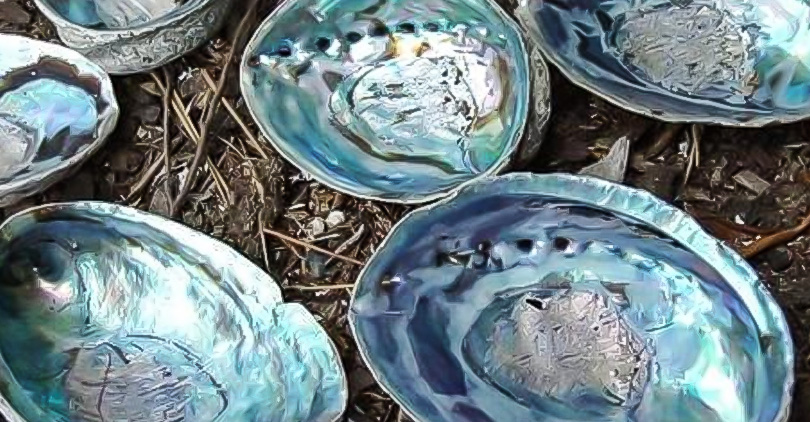
Is Mother of Pearl a real pearl?
No, Mother of Pearl is not a genuine pearl. It is the shimmering inner layer found in some mollusk shells that enclose the real pearl.
Is the Mother of Pearl considered a precious stone?
Mother of Pearl is treasured for its rarity and aesthetic value, but it isn't regarded as a precious stone the way rubies or diamonds are. Instead, it falls into the category of organic gemstones.
What is the difference between Mother of Pearl and pearls?
One key distinction is that pearls grow inside mollusk shells when foreign objects get in and bother them, while the Mother of Pearl lines the shell and has a shiny glow. Pearls turn out round, but the Mother of Pearl gets shaped into different things like jewelry.
Can I shower with Mother of Pearl jewelry?
If you have the Mother of Pearl jewelry, it is best to refrain from washing your body while wearing it. This is because the fragile surface may become harmed, and its durability may lessen if it frequently comes into contact with water or harsh substances.
Should I buy Mother of Pearl jewelry?
If you value the exclusive intricacy and meaning behind the Mother of Pearl jewelry, it might be a smart move to spend your money on such pieces. But you must remember: taking care of them is crucial if they are to look good and last long.
Is the Mother of Pearl lucky to wear?
Throughout different societies, people have linked the Mother of Pearl to good fortune and safety. Those who believe in luck protection sometimes wear jewelry made from this substance as talismans or amulets, so they feel luckier and more protected against bad vibes.
How to test the authenticity of Mother of Pearl jewelry?
If you want to find out whether a pearl is real or fake, there's a quick way to do it. Rub the pearl gently against your teeth: if it feels rough, like fine sandpaper, then it's probably authentic because genuine pearls are made up of layers of nacre that build up over many years.


Leave a Comment